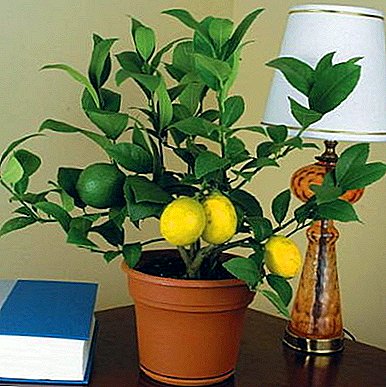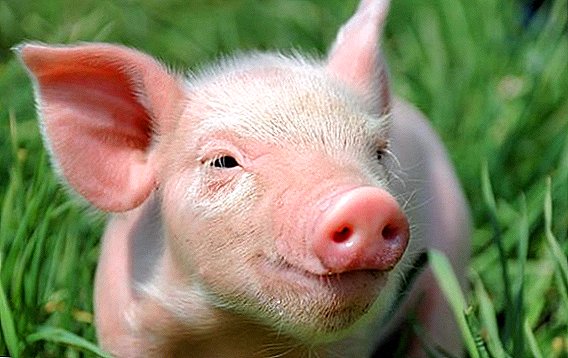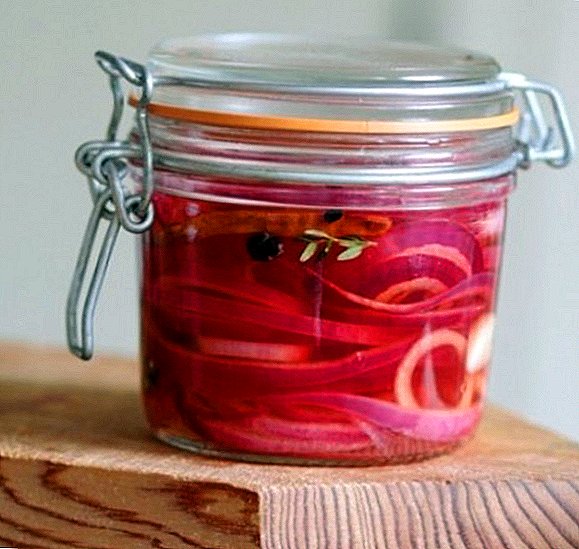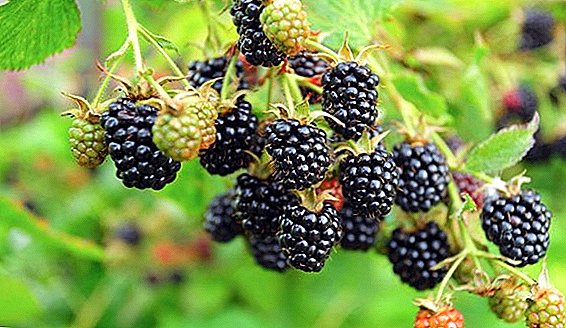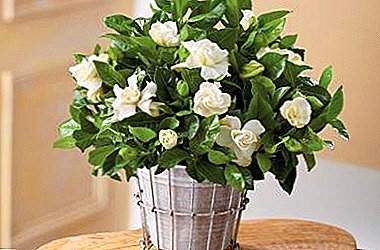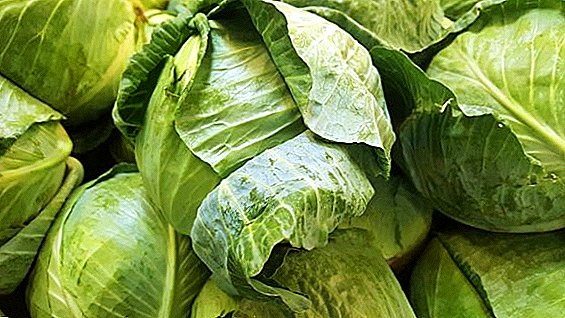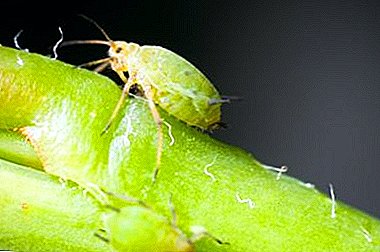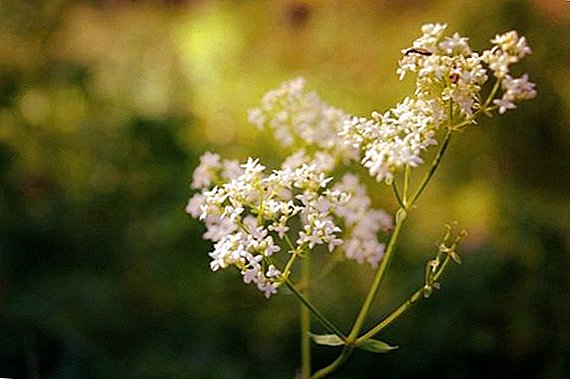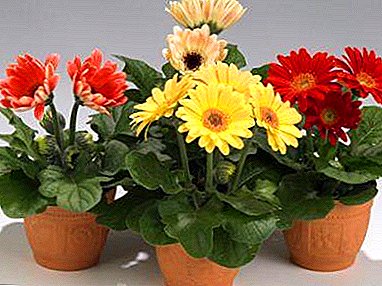
Bright gerbera flowers resemble the sun and cause a lot of positive emotions. Anyone who wants to admire such beauty in his home should create special conditions for the plant and follow simple guidelines for caring for him.
What kind of plant is it, where did it come from and what conditions are necessary for bright gerbera flowers to delight us on the windowsill - this is further in the article.
We will also tell you what difficulties and problems a grower can face and how you can achieve an incredibly beautiful gerbera bloom.
What is this plant?
Gerbera is a perennial plant of the Compositae family, subfamily Astrovye. The birthplace of the flower is South Africa and Madagascar.
The leaves of the plant are light green. In shape - pinnately dissected, elongated, pointed at the tips. Sit on short petioles coming out of the rosette. The flowers of the plant are characterized by a rich color and are collected in large inflorescences - baskets similar in appearance to the chamomile. Flexible peduncles come out of the middle of the outlet and can reach 60 centimeters in length.
Read how to grow a gerbera in this article, and here we talked about growing this beauty from seeds.
When and how long does it bloom?
Room gerbera blooms from mid-February to early June and from late August to November. Thus, the flowers retain a healthy appearance for three months. In summer, the gerbera grows leaves and does not form buds. In good conditions, the plant is able to be in the rhythm of flowering - calm from three to four years. Then the gerbera is seated or replaced with a new one.
Features
Consider how the plant blooms. During this period, the gerbera throws long thin flower stalks. On each of them one inflorescence is formed from 4 to 15 centimeters in diameter. There are varieties with larger baskets measuring 30 centimeters. Numerous small tubular flowers are located in the middle of the inflorescence. Their number is a few hundred. Along the edges of a flowering plant are reed buds, the color of which can be orange, yellow, scarlet, burgundy, pink, lilac, blue or cream.
The necessary conditions
 Plant blooms only with proper content, which implies:
Plant blooms only with proper content, which implies:
- enough light and heat;
- twelve hour light day;
- correct watering;
- sufficient humidity;
- suitable substrate;
- timely full feeding;
- regular rejuvenation of the bush;
- absence of diseases and pests.
Only in the case when all conditions are suitable for a plant will it bloom on your windowsill.
Why is there no flowering at home?
If the plant refuses to bloom, it is necessary to identify the cause of this problem. There are several factors that prevent the formation of buds in gerbera:
- Lack of light, or vice versa, too long daylight hours. Flowering is directly dependent on the lighting.
- Excessively spacious pot. In this case, the gerbera spends all its strength on the development of the soil by its roots.
- Excess nitrogen fertilizer in the soil, stimulating the growth of green mass to the detriment of flowering.
- Wrong temperature conditions. At rates below + 10 ° C, the plant will not bloom. Heat is also an adverse factor.
- No rest period. If the gerbera does not provide complete rest, it does not form buds. If it blooms, it is weak, while the flowers are faded.
- Water entering the outlet during watering.
- Low humidity.
- Gerbera diseases.
How to care?
Rules for the care of a gerbera require a careful and competent approach. Consider how to care for a flower at home.
Lighting
 Gerbera - light-loving plant. Best suited for her diffused light. The flower is not afraid of the direct morning and evening rays of the sun, it feels good on the windowsill of the western or eastern window. On the north side, the plant is not comfortable. On the south window there is a risk of sunburn. It is necessary to provide a gerbera a light day 12 hours long.
Gerbera - light-loving plant. Best suited for her diffused light. The flower is not afraid of the direct morning and evening rays of the sun, it feels good on the windowsill of the western or eastern window. On the north side, the plant is not comfortable. On the south window there is a risk of sunburn. It is necessary to provide a gerbera a light day 12 hours long.
In winter, it is necessary to provide the plant with rest. Replacing fluorescent lamps during this period can extend flowering until May. However, the absence of a resting phase adversely affects the health of the gerbera.
In conditions of too long daylight hours, flower buds are not laid, the plant builds up a green mass.
Temperature conditions
The optimum air temperature in spring and summer is from +20 to + 24 ° C. The plant loves fresh air and is not afraid of drafts, so in the summer it can be carried out on the balcony. In winter, the gerbera needs a temperature of about + 14 ° C. Indicators below + 12 ° C bring it to rest.
Attention! During the flowering period, it is impossible to prevent overcooling of the plant and sudden temperature changes. The formation of buds will stop, and those that have already appeared will wither.
Air humidity
Gerbera's natural habitat is the tropics. At home, you must maintain sufficient humidity. It is useful to carry out frequent spraying of leaves from a spray bottle. At the same time keep flowers from getting wet. If the air in the room is dry, you can put a container filled with water next to the plant.
Watering
Watering should be moderate and regular. Moisten the soil after drying the top layer. For the procedure, use soft settled water with a temperature of +20 to + 24 ° C. When watering, the water should be directed closer to the edge of the pot in order to avoid its contact with the outlet. You can immerse the pot with gerbera in a container of water for 30 minutes. In winter, watering is done a maximum of once a week.
Waterlogging of the soil leads to rotting of the roots. and insufficient watering - to the cessation of flowering and drying of the leaves.
Pot
There is no need to choose a free capacity for the gerbera. The plant will give a lot of power to the development of the root system. For transplanting, you should prepare a new pot larger than the former in diameter by two to three centimeters (how to transplant a gerbera after purchase, read here). At the bottom of the tank must be a drainage hole.
How to care for gerberas in pots, you will learn in this article.
The soil
 Plant prefers subacid substrate. You can purchase special prepared soil for gerberas or prepare the mixture yourself using the following recipe:
Plant prefers subacid substrate. You can purchase special prepared soil for gerberas or prepare the mixture yourself using the following recipe:
- leaf earth - 2 parts;
- sand - 1 part;
- peat - 1 part.
A drainage layer of gravel or expanded clay is created at the bottom of the pot. This is done in order to avoid moisture accumulation and root rot.
The ground for the gerbera should be loose.
Top dressing
Gerbera Root System Require Liquid Mineral Feed. From February to April and in summer, when the plant is intensively increasing its green mass, complex fertilizers with a large amount of nitrogen are needed. During flowering twice a week make feeding with a high content of potassium.
Attention! The solution for watering should be done weakly concentrated and use a dosage less than that indicated on the packaging of the drug.
In winter, fertilizers are not applied.
Transfer
Transplantation takes place every year after completion of flowering.. It is recommended to rejuvenate a bush once every two years: divide it into parts and transplant it into a fresh disinfected substrate. The procedure must be done during the growth of the gerbera - in July or February. Such an event prolongs the life of the plant.
Rest period
From December to February and from June to July, the gerbera should rest. In winter, the plant contains at a temperature of from +10 to + 12 ° C. Under these conditions, it sheds leaves. Feeding is stopped, watering is carried out once a week.
Possible problems
- You should regularly inspect the pot, the soil and the plant itself. If you find a disease or pests, you must urgently take appropriate measures to eliminate them (what to do if the gerbera leaves have turned yellow, you can find out here).
- Faded buds must be removed in time, completely breaking them out of the nest. Otherwise they will interfere with the development of new flower stalks. In addition, the old baskets will rot and infect the whole plant. You can not cut them - just break off with your hands.
Gerber care is a fascinating process. The plant needs well-organized fertilizing and watering, a certain length of daylight hours, sufficient air humidity, warmth, a small pot, suitable soil and regular rest. Gerbera responds to the systematic care with a bright flowering, being a spectacular decoration of any interior.


